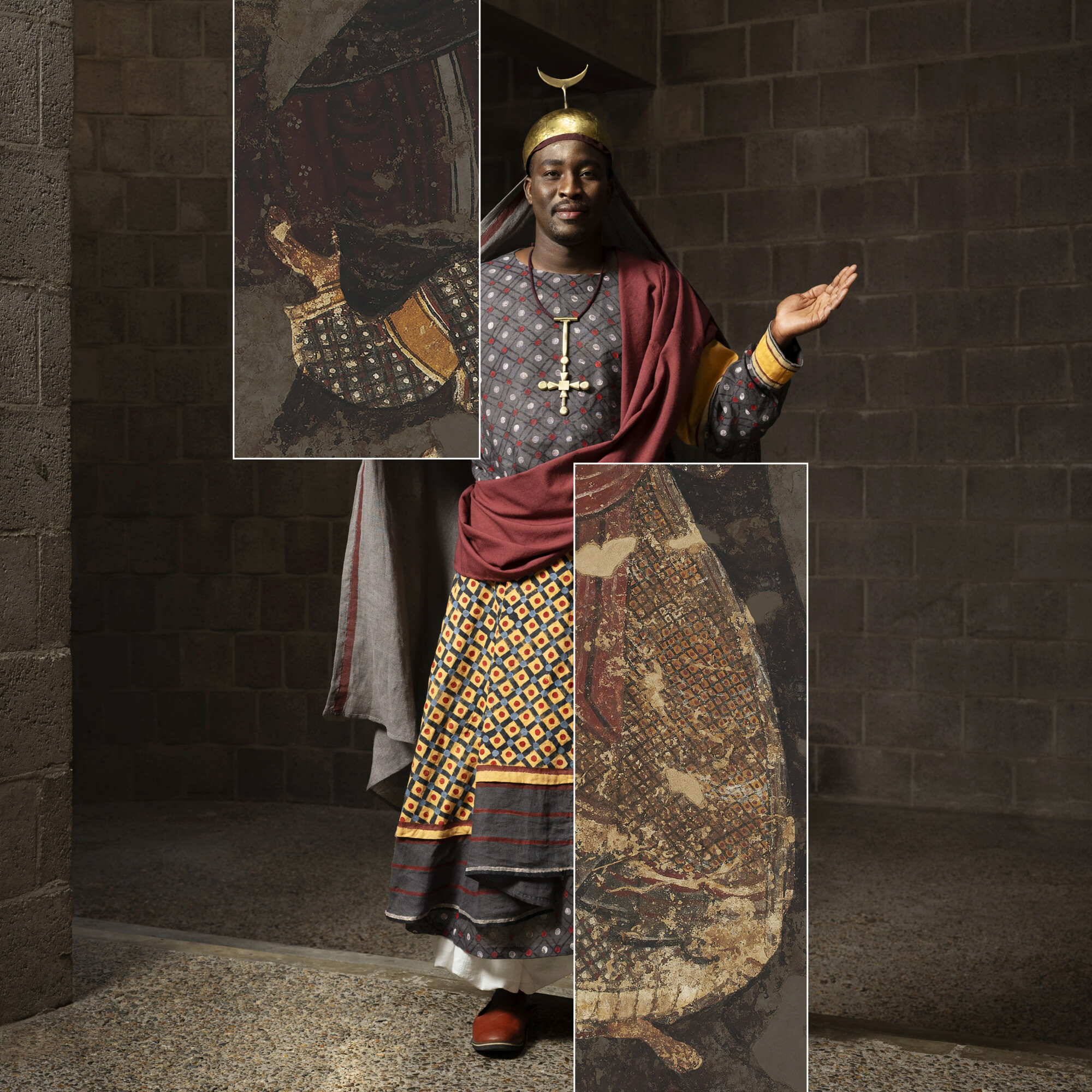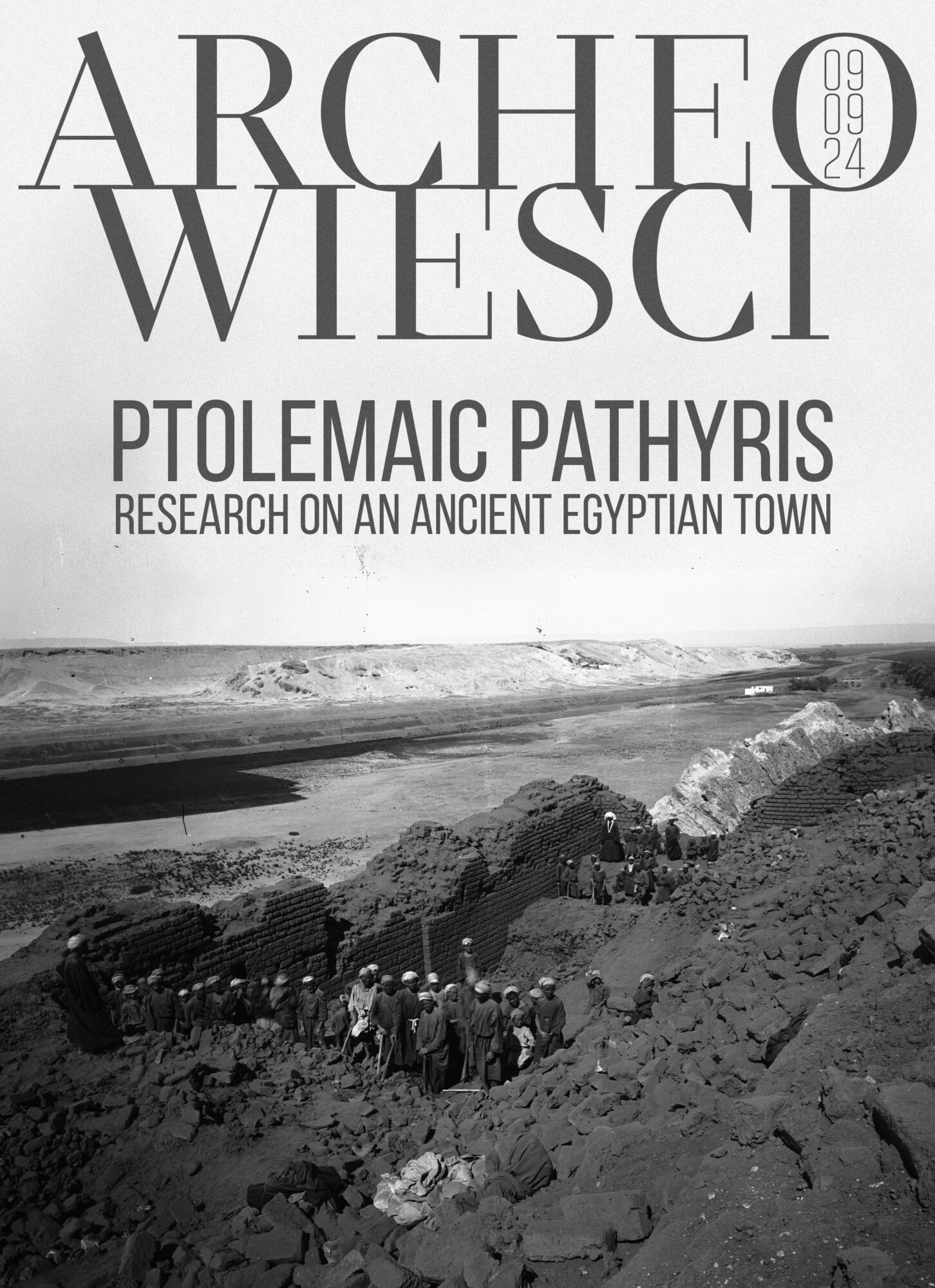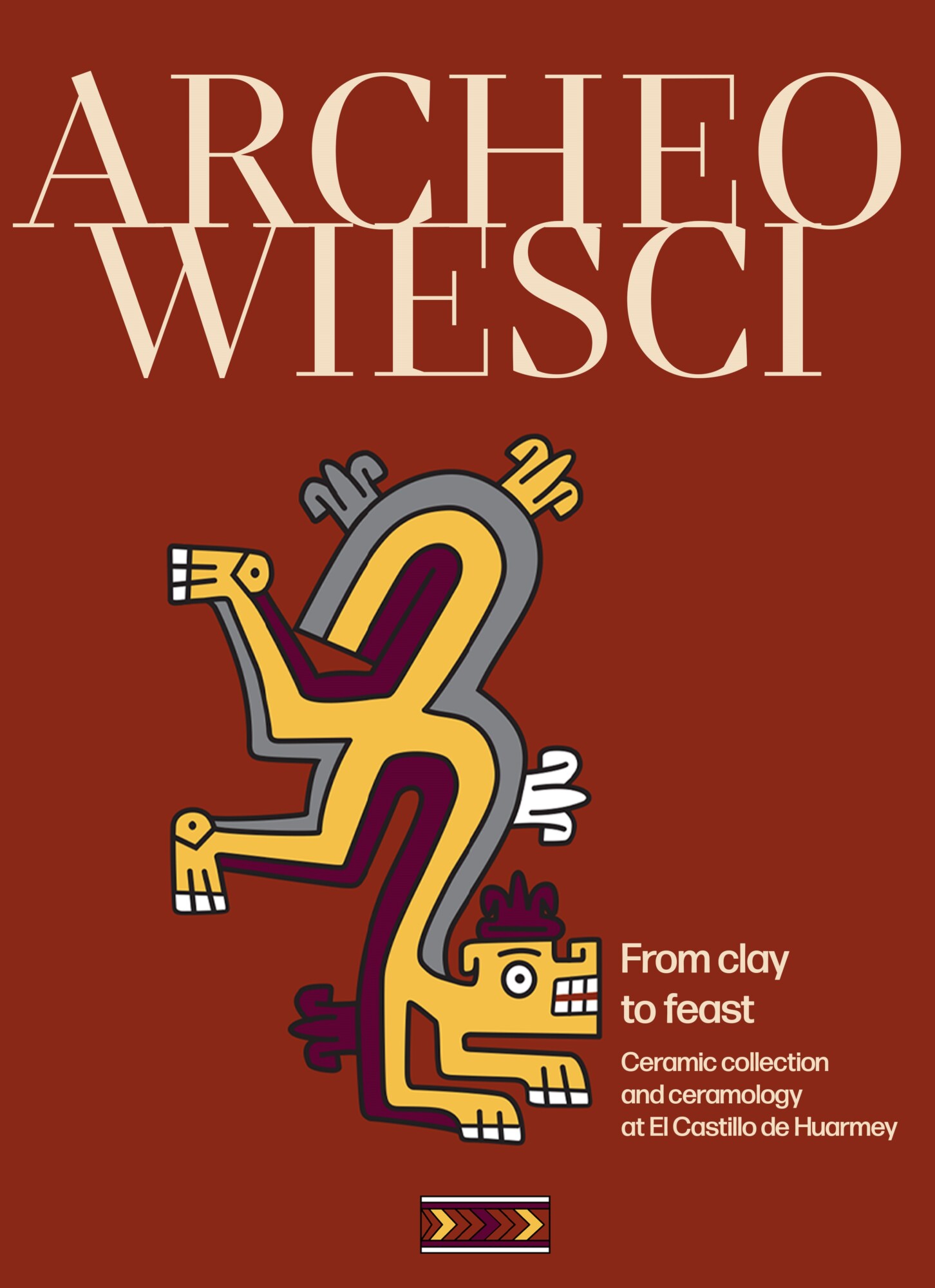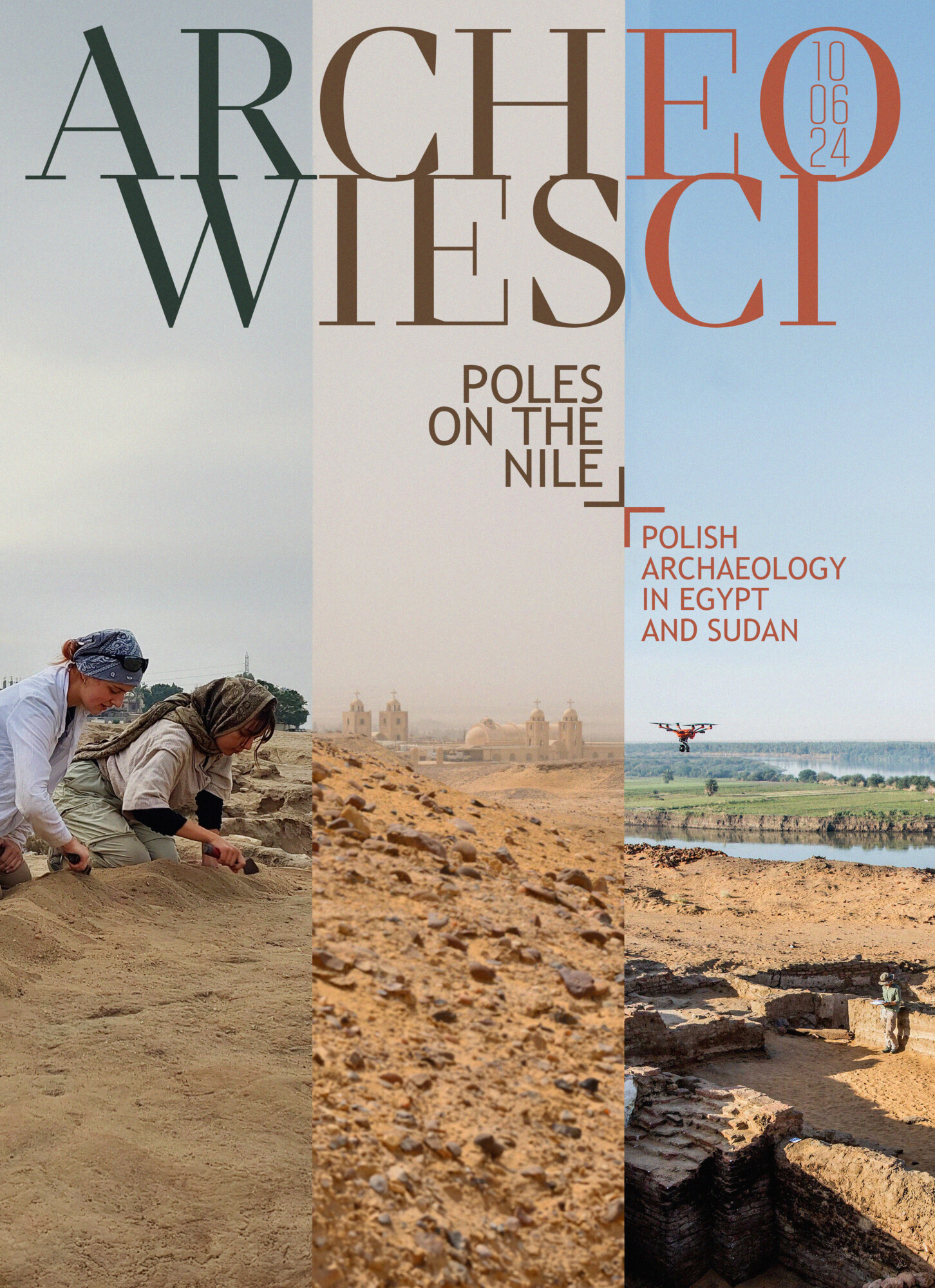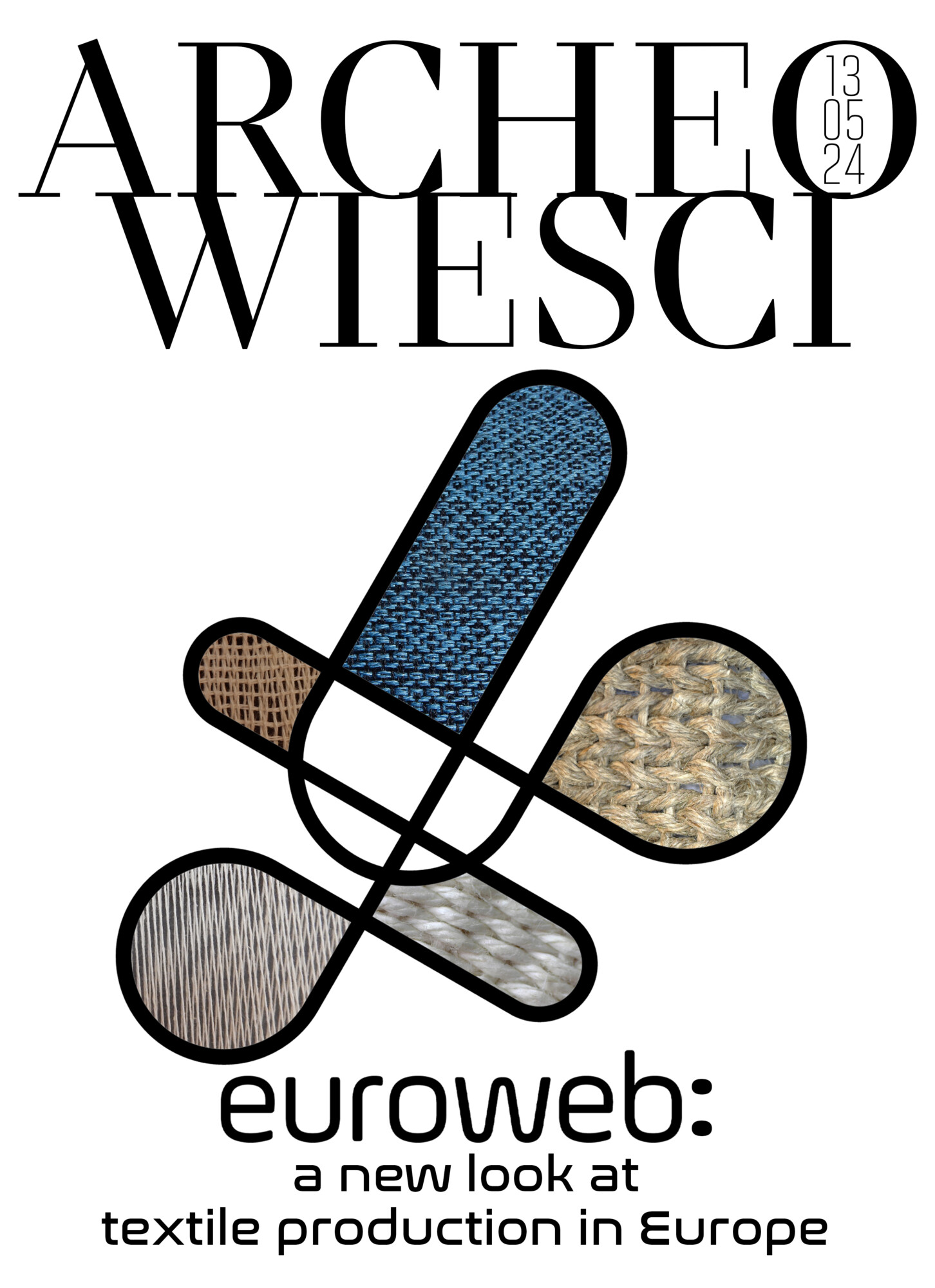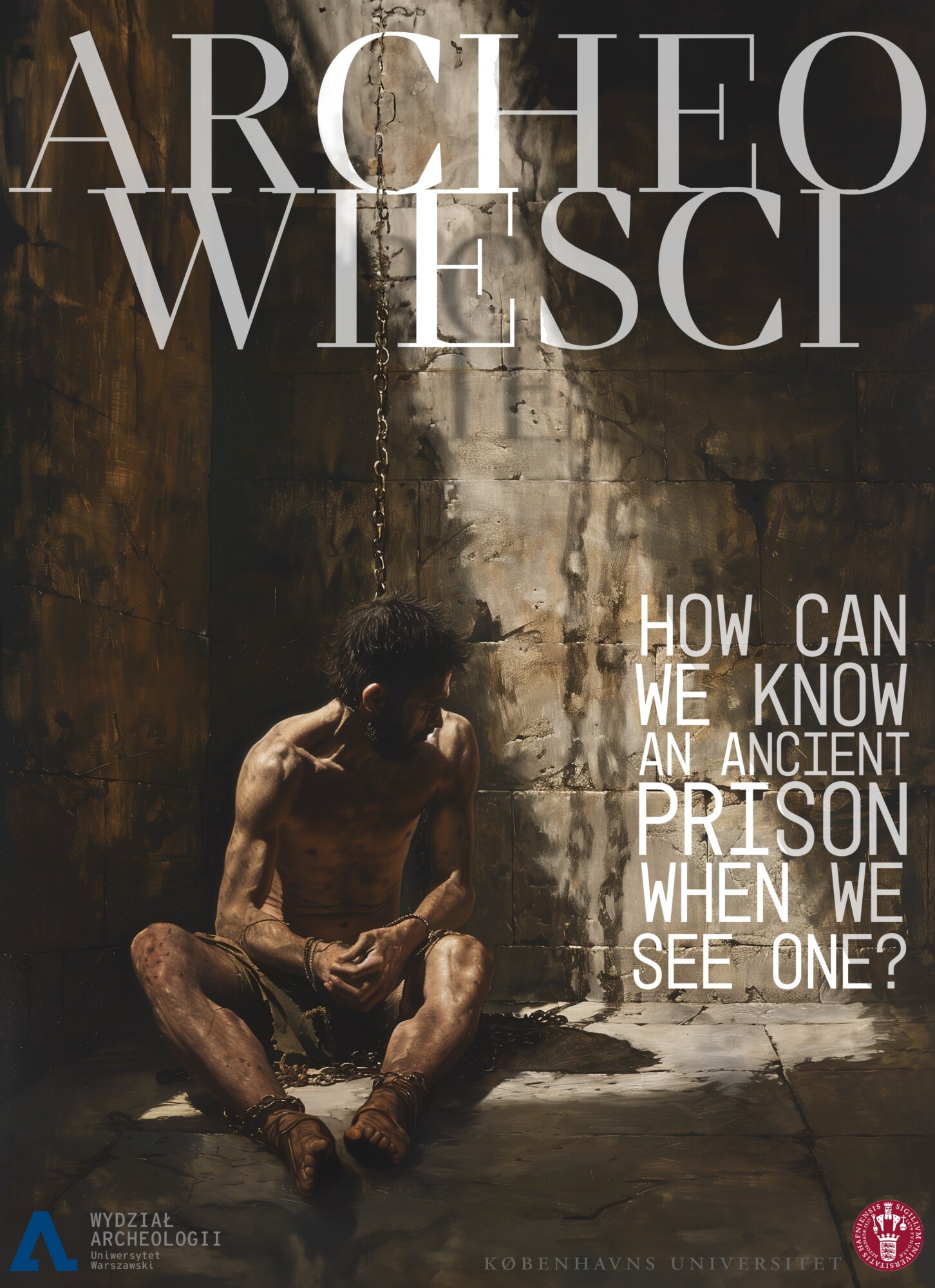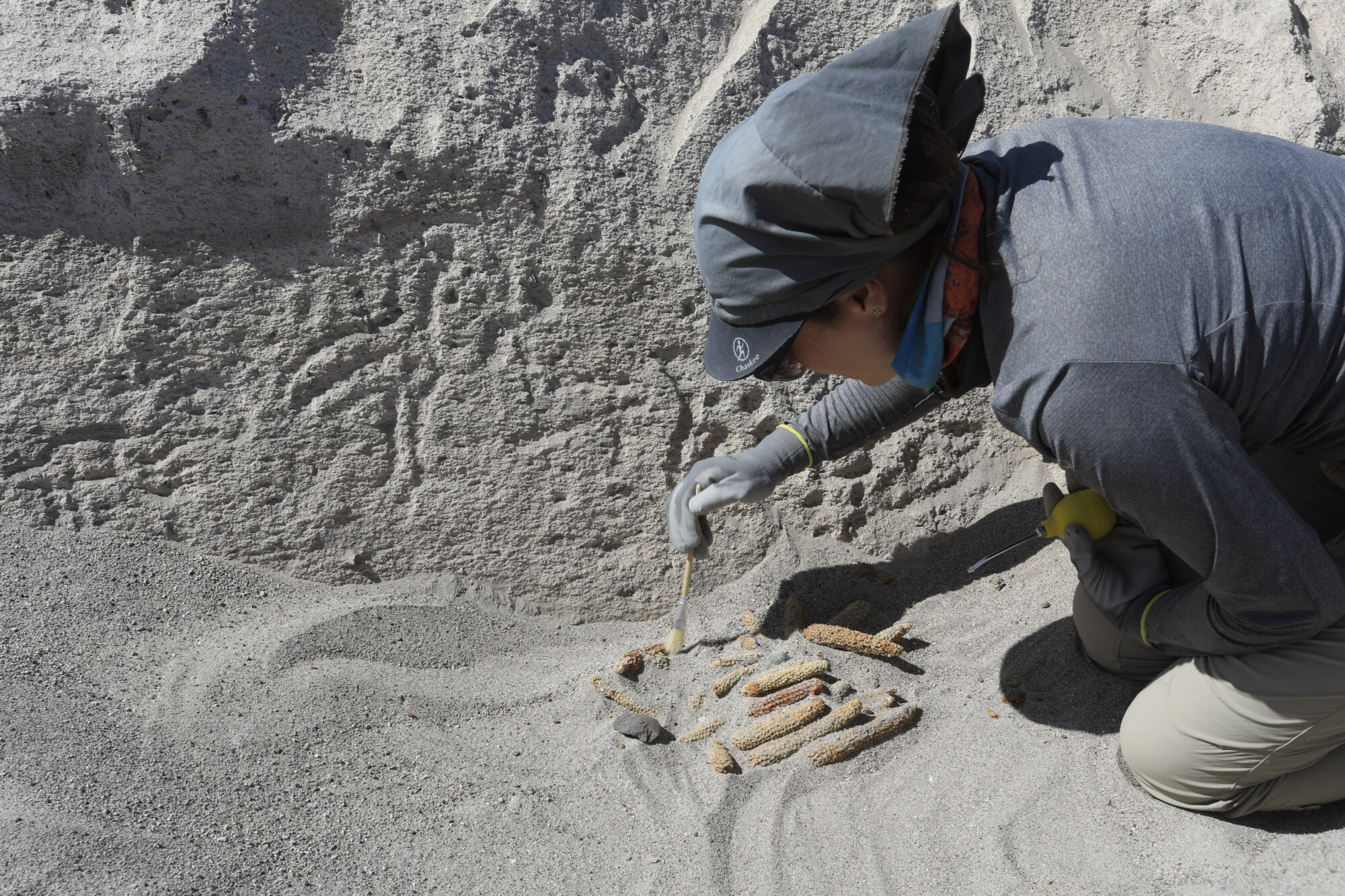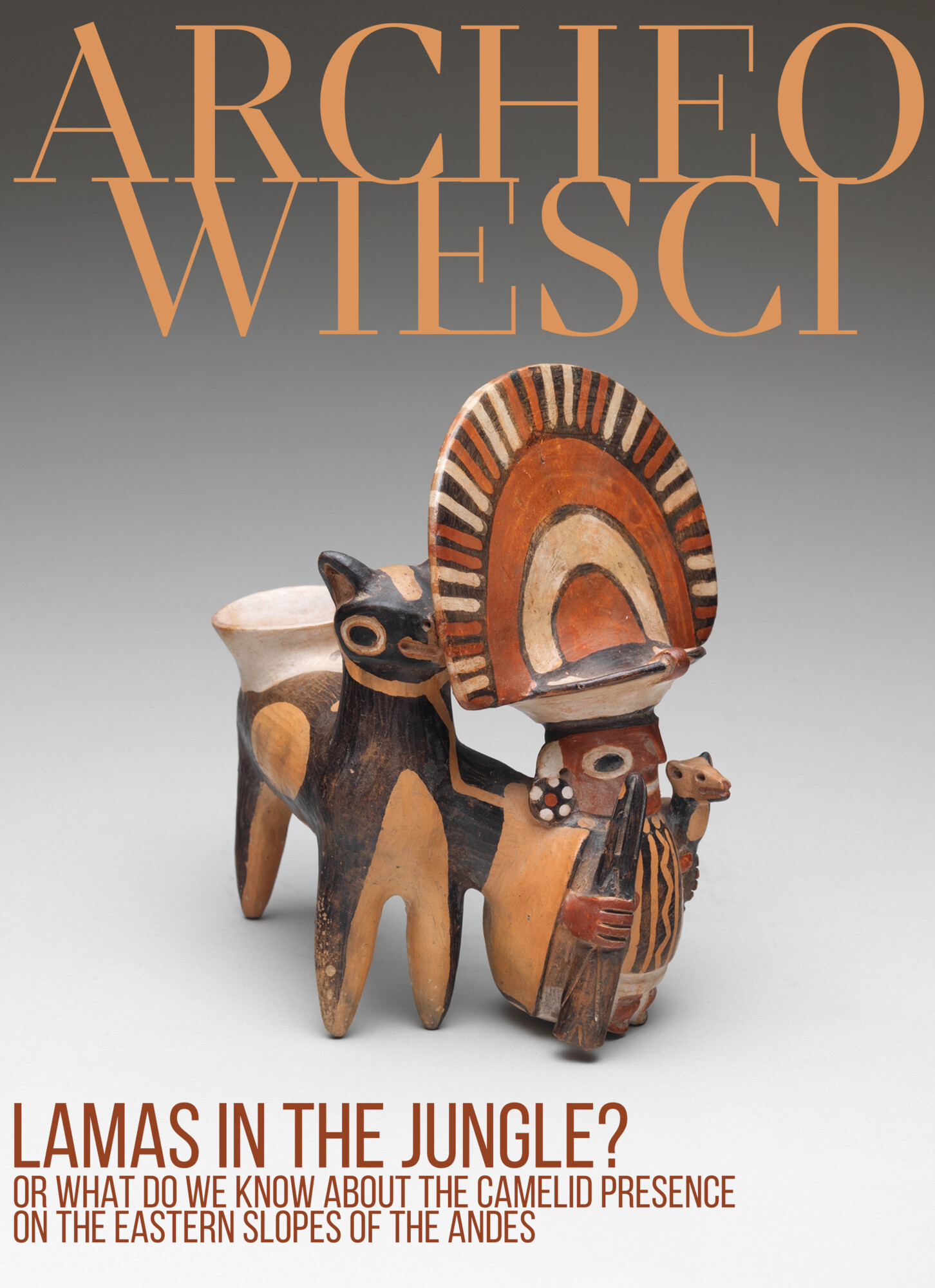
Llamas (Lama glama) and alpacas (Vicugna pacos) are the only large, domesticated, and endemic mammals in the Peruvian Andes. They had immense significance for all pre-Columbian Andean cultures by providing essential resources such as meat, wool for textile production, bones for tool and ornament manufacturing, and dung used as fuel and fertilizer. Llamas and alpacas held an important place in pre-Columbian iconography. Their images were depicted on pottery, textiles, and on rocks in the form of petroglyphs and carvings. More robust llamas also served as pack animals and traversed the Andes in trade caravans.
Unfortunately for zooarchaeologists (scientists studying the relationships between humans and animals in the past), all South American camelid species are genetically related, which complicates their species identification if based solely on animal bones recovered during archaeological fieldwork. For this reason, in Andean zooarchaeology, they are conventionally referred to as “camelids.”

